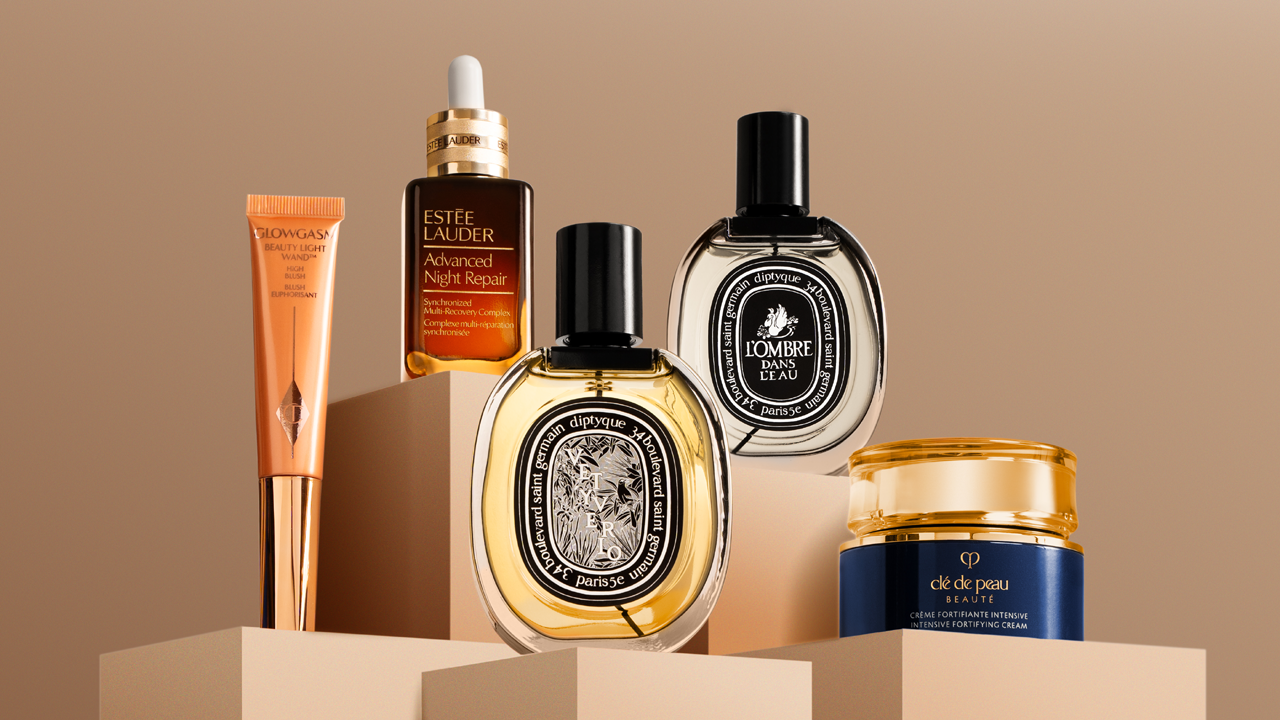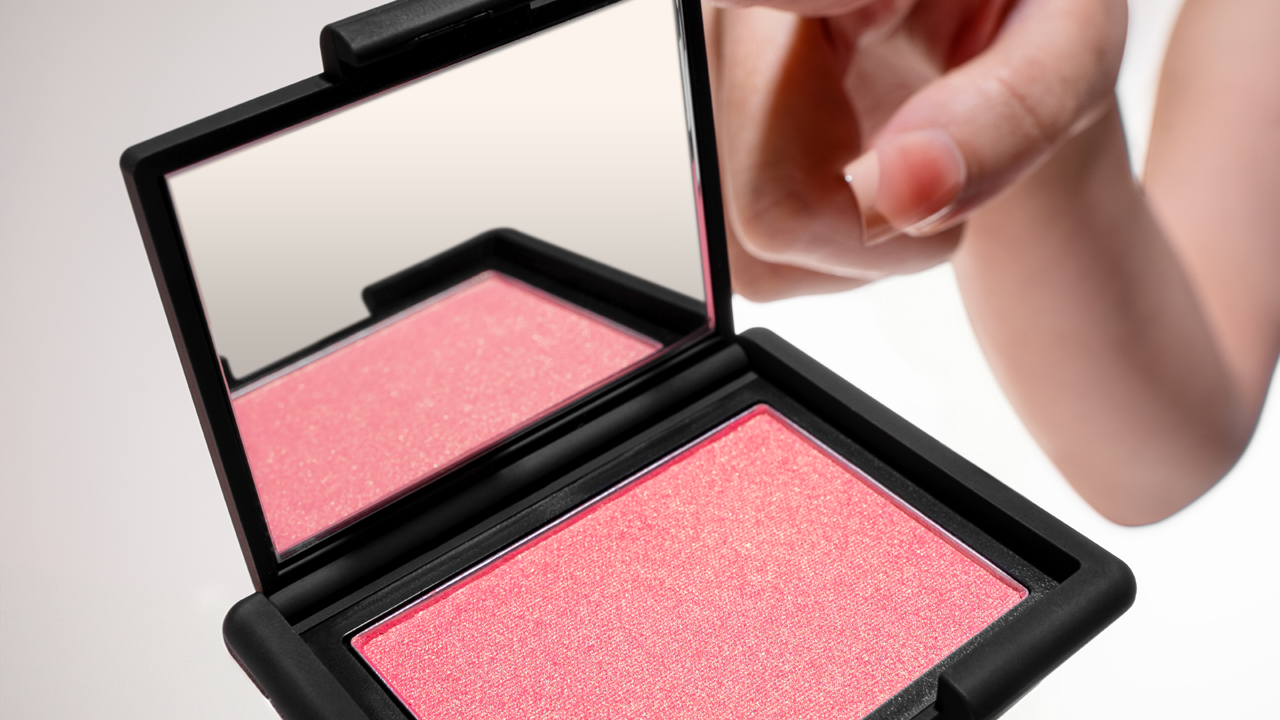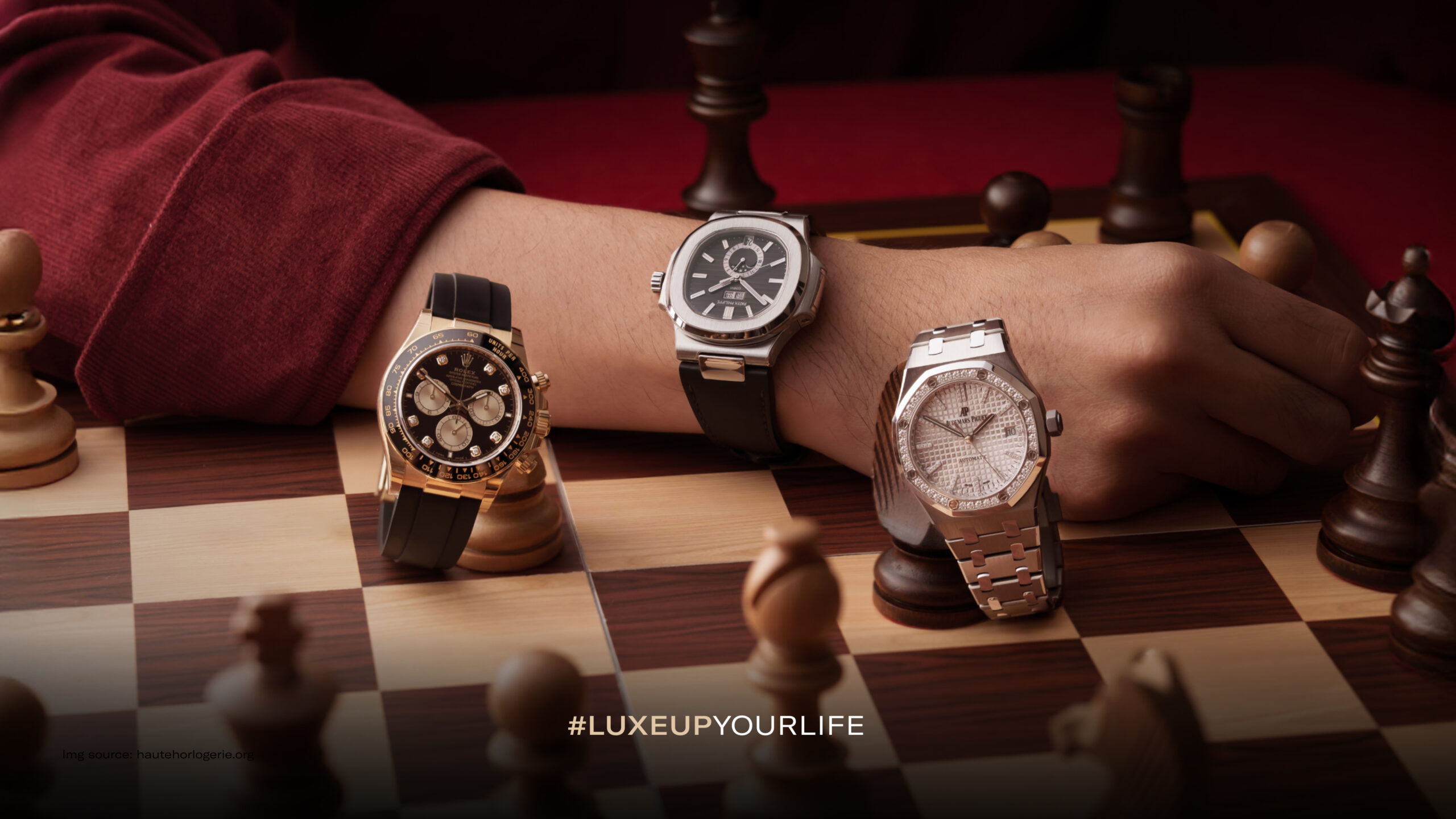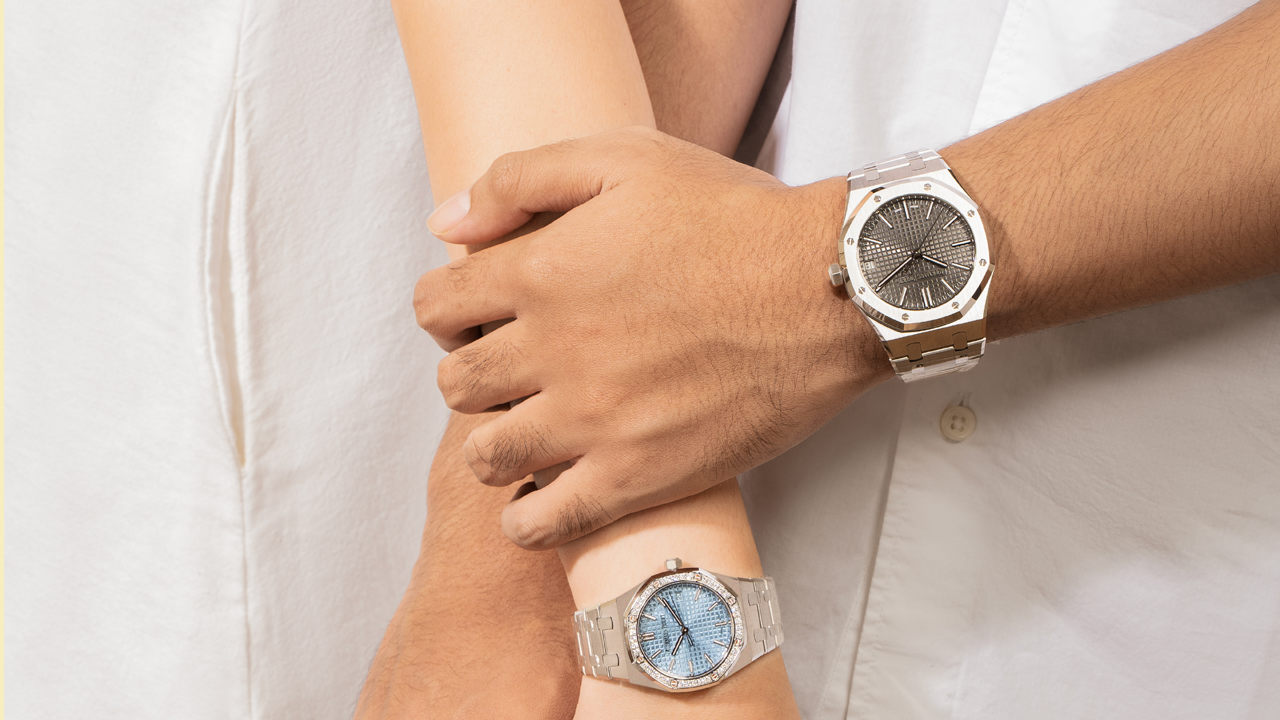If you’re considering investing in a luxury timepiece, understanding the materials used in its construction is an essential first step. The choice of material not only influences aesthetics but also determines comfort and durability in the long run.
Read more: What Are Corrosion-Resistant Materials Used in Luxury Watches? Here’s the List
So, how do you choose the right material to match your style and needs? Let’s explore the different types of watch materials and their unique characteristics.
Table of Contents
Toggle1. Stainless Steel
Stainless steel is one of the most commonly used materials in luxury watchmaking. It is renowned for its resistance to corrosion, minor scratches, and its ability to maintain its shine over time. Many prestigious maisons utilize high-grade stainless steel such as 316L or 904L, in which the latter is closely associated with Rolex due to its superior durability and luster.
The key advantages of stainless steel lie in its robustness, ease of maintenance, and versatility, making it suitable for any occasion, whether formal or casual.
2. Titanium
Titanium is the go-to choice for those who prefer a lighter watch without compromising on strength. It is 30% lighter than stainless steel, yet offers exceptional resistance to corrosion and impact. Additionally, titanium is hypoallergenic, making it an excellent option for individuals with sensitive skin.
Its distinctive grayish hue lends a contemporary and slightly sportier look compared to stainless steel.
3. Emas
A gold timepiece has always been a symbol of prestige and luxury. Available in yellow gold, white gold, and rose gold, this material is a staple in high-end watch collections.
To enhance durability, gold is often alloyed with other metals and crafted into solid gold or treated with gold-plating or gold-filling techniques. Some maisons even develop proprietary gold blends, such as Rolex’s everose gold, which retains its stunning pink hue over time.
4. Ceramic
Ceramic has gained popularity in luxury watchmaking for its exceptional scratch resistance and lightweight properties. Unlike metals, ceramic does not fade or tarnish over time, ensuring a pristine look for years to come.
High-end brands like Hublot and Rado leverage advanced ceramic technology to create modern timepieces with either matte or glossy finishes. Beyond its durability, ceramic is also prized for its comfort, as it does not conduct heat, keeping it cool on the wrist in any climate.
5. Karbon
Carbon fiber and forged carbon are widely used in high-performance sports watches. This material is ultra-lightweight yet incredibly strong, offering a futuristic aesthetic with unique patterns that cannot be replicated.
Brands like Audemars Piguet and Richard Mille have embraced carbon in their collections, utilizing its resilience against extreme temperatures and impacts, ideal for those seeking both innovation and performance.
6. Sapphire Crystal
While case and strap materials are crucial, the watch crystal also plays a significant role. Sapphire crystal is the gold standard in luxury watchmaking due to its exceptional scratch resistance and diamond-like clarity. Compared to mineral or acrylic glass, sapphire crystal provides superior transparency and durability, ensuring an unobstructed view of the dial.
Each material offers distinct advantages depending on your lifestyle and preferences. Whether you prefer the timeless appeal of stainless steel, the opulence of gold, or the cutting-edge technology of carbon and ceramic, choosing the right material enhances your luxury watch experience.
If you’re looking for the finest timepieces crafted from the best materials, explore Luxehouze’s curated collection today!













